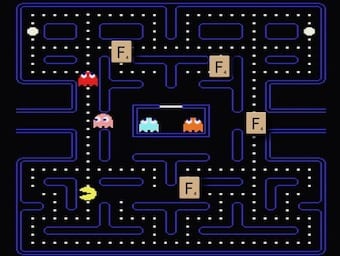
Stiff and Twisted
Acute dystonic reactions are a distressing extrapyramidal side effect of antipsychotic and certain other medications.

Acute dystonic reactions are a distressing extrapyramidal side effect of antipsychotic and certain other medications.

Take the antidote challenge - see if you're ready to join the ranks of the toxicology mavens by naming the antidote for each of these poisons.

A child has scooped up crystals from a sink and put them in his mouth, resulting in immediate distress. How will you manage this corrosive injury?

Two chloroquine tablets have gone missing and the 2 year-old suspect is 'keeping mum' about it. Now what do you do? What if life-threatening toxicity occurs?

A 3 year-old boy ingested 50 mg/kg elemental iron 2 hours ago. You are called for advice about the management of iron poisoning from a remote hospital.

A 5 year-old boy is 'off his face' after drinking what looked like a nice bottle of cordial. It was actually radiator coolant. You are called for advice.

Question A systematic review of the literature was undertaken comparing proton pump inhibitors with H2- receptor blockers for the prevention of gastro-intestinal bleeding in ICU patients. The following figure was included: a) Name the type of graph illustrated in the…

You are called to review a 29-year-old male with confirmed asthma in the Emergency Department. He has been unwell for 2 days with increasing cough, wheeze and shortness of breath. He has just been intubated.

Compare Continuous Venovenous Haemofiltration (CVVHF), Sustained Low Efficiency Dialysis (SLED) and Intermittent Hemodialysis (IHD) with respect to Mechanism of solute clearance

Funtabulously Frivolous Friday Five 120 - Just when you thought your brain could unwind on a Friday, some medical trivia FFFF.

RRT Prescription: Aims of treatment - fluid management; acidosis correction; hyperkalaemia correction; uraemia; toxin removal

Toxidrome challenge lets you test yourself on anticholinergic toxicity, malignant hyperthermia, neuroleptic malignant syndrome, and serotonin syndrome.